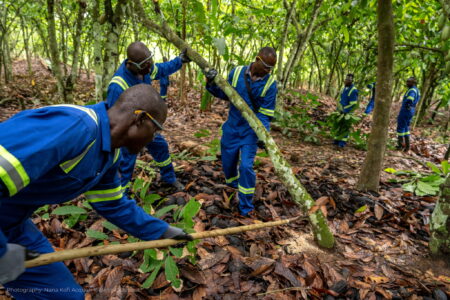Arla Foods permeate confectionery ingredients gain Chinese market access

Danish-headquartered Arla Foods Ingredients has welcomed a major development for Chinese markets, as the country is now permitting imports of whey permeate for use in key product lines such as chocolate and biscuits.
Last month, China published an official safety and quality standard for using permeate powders in food processing – signifying that its market is ready to accept imports of the ingredient with immediate effect.
The breakthrough comes as a result of a recent trade agreement between the US and China. However, the standard applies globally, and permeate from any country may be exported to China provided it complies with the requirements.
Henrik Jacob Hjortshoej, Head of Sales Development, Food at Arla Foods Ingredients, said: “The opening of the Chinese market to permeate exports is highly significant for the global dairy ingredient industry. Demand for permeate is rising fast in China, just as it is across the world. We look forward to working with our customers in China to supply them with the highest quality whey permeate powder for their food and beverage applications.”
Whey permeate is a milk solid with around 80% lactose content. Used as a bulking agent, it is a highly cost-effective replacement for skimmed milk powder, lactose and sweet whey powder. In 2017, powdered permeate received a Codex Alimentarius international standard.
Arla Foods Ingredients is one of the world’s largest suppliers of whey permeate, with production facilities in the EU and Argentina. It markets Variolac® whey permeate, which has sweet milky taste, low ash content, stable mineral profile and free-flowing powder properties over a 12-month shelf life.
Permeate is increasingly being used by multinational brands, particularly in categories such as chocolate and biscuits, but also in hot drinks, dairy and desserts. Innova figures show that the number of new products containing whey permeate has more than doubled in recent years, growing from 169 in 2015 to 387 in 2019.



